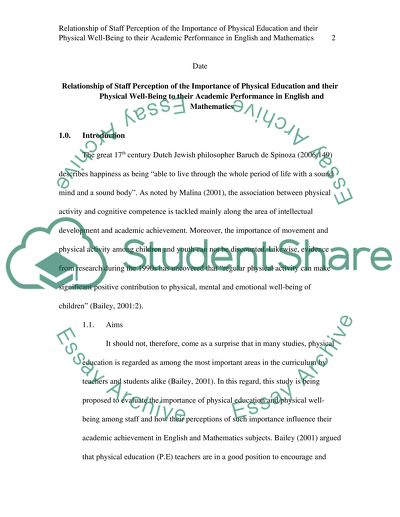Cite this document
(“Relationship of Staff Perception of the Importance of Physical Dissertation”, n.d.)
Retrieved de https://studentshare.org/education/1435450-relationship-of-staff-perception-of-the-importance
Retrieved de https://studentshare.org/education/1435450-relationship-of-staff-perception-of-the-importance
(Relationship of Staff Perception of the Importance of Physical Dissertation)
https://studentshare.org/education/1435450-relationship-of-staff-perception-of-the-importance.
https://studentshare.org/education/1435450-relationship-of-staff-perception-of-the-importance.
“Relationship of Staff Perception of the Importance of Physical Dissertation”, n.d. https://studentshare.org/education/1435450-relationship-of-staff-perception-of-the-importance.


